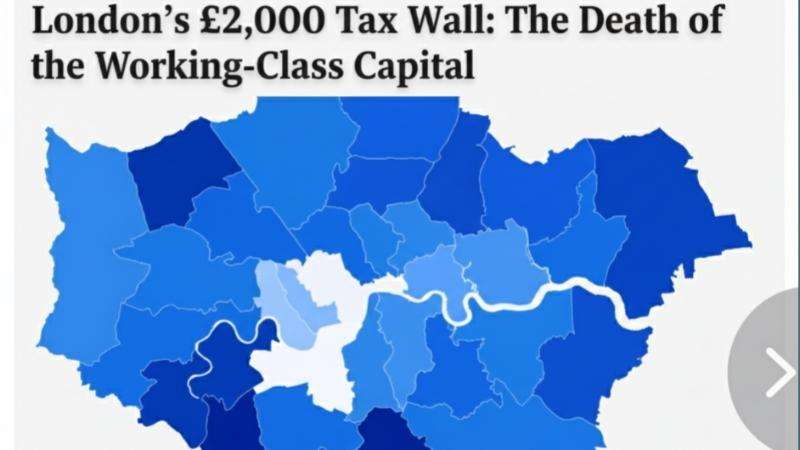Wildfires that raged across the globe in 2024 significantly contributed to an unprecedented annual rise in atmospheric carbon dioxide levels, catching scientists off guard. The data indicates that humanity is delving deeper into a perilous era of intensified extreme weather events.
At the Mauna Loa observatory in Hawaii, CO2 levels surged by 3.6 parts per million (ppm), reaching 427ppm—well above the pre-industrial level of 280ppm, which marked the onset of the climate crisis driven by extensive fossil fuel combustion. The Mauna Loa measurements, known as the Keeling Curve, began in 1958 and represent the longest continuous record of direct CO2 observations.
The steep increase in CO2 levels was driven by forest fires and ongoing emissions from coal, oil, and gas, which also reached a record high in 2024. The natural El Niño climate cycle exacerbated the situation by bringing hotter, drier conditions to the tropics. However, scientists noted that a record rise likely would have occurred even without El Niño.
Global average temperatures also hit a new peak in 2024, intensifying heatwaves, storms, and floods that impacted billions. This marked the first time the planet surpassed the 1.5°C (2.7°F) threshold set by the Paris climate agreement. UN Secretary-General António Guterres criticized the fossil fuel industry for profiting while their products "cause destruction."
The 1.5°C limit is a long-term goal, only considered breached when sustained for a decade or more. Scientists stated that the 2024 CO2 increase was inconsistent with maintaining this target. Although a smaller rise in CO2 levels is anticipated in 2025, it will still be significantly above what is needed to remain on course for the 1.5°C goal.
“This is obviously bad news,” said Prof Richard Betts at the UK Met Office, whose team analysed the CO2 rises. “But even if it looks like we won’t meet the ambitious Paris goal of 1.5C, it is still worth making every effort to limit the rise. 1.5C is not a cliff-edge after which all is lost. There are lots of solutions already available without any new inventions. This must be extra motivation to work even harder.”
Global heating rises continuously as emissions rise, meaning every tonne of CO2 saved reduces human suffering, and the solutions to cut carbon exist. The Guardian revealed in May, however, that most climate experts expect the world to heat far beyond the 1.5C limit and blame political inaction.
Wildfires released billions of tonnes of CO2 in 2024, particularly in the Americas, and the climate crisis increased the severity and frequency of these fires. El Niño also played a part, but wildfires also raged after it had ended and in regions not affected by the climate phenomenon, such as Canada.
El Niño also contributed to the record rise in CO2 because the hot, dry conditions it brings limits the plant growth which removes some human-generated CO2 from the atmosphere.
The 3.6ppm CO2 rise in 2024 was double the 1.8ppm level consistent with a path to net zero emissions and limiting global heating to 1.5C, Betts said. It was also above the Met Office prediction for 2024 of 2.8ppm, probably the result of emissions from wildfires reaching Mauna Loa. The Met Office prediction for 2025 is 2.3ppm as El Niño’s opposite phase, La Niña, encourages more vegetation growth.
Guterres made an address to the UN General Assembly on Wednesday on his priorities for 2025, in which the climate crisis was a major theme.
“Who pays the price for climate destruction around the globe? Not the fossil fuel industry pocketing profits and taxpayer subsidies as their products wreak havoc,” he said. “Every day people suffer: with their lives and livelihoods; with higher insurance premiums, volatile energy bills, and higher food prices.”
“Today, governments around the globe spend nine times more making fossil fuels cheaper than they do on making clean energy more affordable for consumers,” blocking climate action, Guterres said. “We must tear down these walls.”








.svg)



